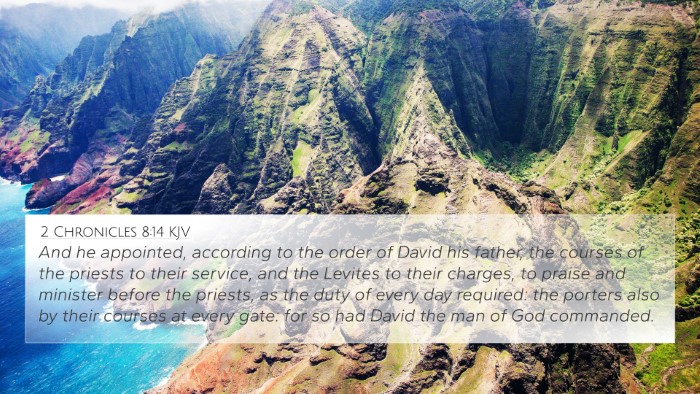Understanding 2 Chronicles 11:2
2 Chronicles 11:2 states: "But the word of the Lord came to Shemaiah the man of God, saying." This verse serves as a pivotal moment in the narrative concerning King Rehoboam, the son of Solomon, as he navigates the tumultuous beginning of his reign over Judah.
Verse Context and Significance
This verse is set against the backdrop of Rehoboam's ascension to the throne. After Solomon's death, the kingdom was at a critical juncture, and Rehoboam faced the challenge of uniting a divided nation. The divine instruction given to Shemaiah underscores the importance of seeking God's guidance in leadership and decision-making.
Commentary Insights
Matthew Henry
Matthew Henry emphasizes the significance of the prophetic voice in guiding Rehoboam. He highlights that the divine message is a reminder that God is still involved in the affairs of nations and that His guidance is crucial for a ruler's success. The mention of Shemaiah as "the man of God" denotes his credibility and authority in delivering God's word.
Albert Barnes
Barnes draws attention to the immediacy of the message sent to Rehoboam. He notes that God intervenes directly, showing that the Lord takes an active role in directing the hearts of kings. This reinforces the belief that human authority must align with divine will for righteousness to prevail.
Adam Clarke
Clarke provides a detailed analysis of the implications of receiving divine counsel. He argues that the failure to heed such warnings can lead to catastrophic consequences, both personally and nationally. His commentary suggests that this lesson is vital for all leaders, emphasizing the importance of listening to spiritual insight rather than solely relying on human wisdom.
Cross-References and Thematic Connections
This verse has various connections within the Bible that deepen its understanding. Below are key cross-references:
- 1 Kings 12:22-24 - God's directive to Rehoboam through Shemaiah makes an important link in understanding the consequences of disobedience.
- 2 Chronicles 10:15 - The context of Rehoboam's initial responses to the people's request and how this shaped future events.
- Proverbs 21:1 - This verse relates to God's control over the hearts of kings, suggesting that divine authority supersedes human leadership.
- Jeremiah 42:2-6 - A similar emphasis on seeking prophetic counsel and understanding God's will is seen in the plea for direction from the prophet Jeremiah.
- Isaiah 30:1-2 - This illustrates the theme of turning away from God to seek out worldly counsel instead of divine guidance.
- Acts 13:2 - This case in the New Testament reflects how the early church also sought God's direction in their mission.
- Romans 12:2 - It encourages renewing the mind to discern God’s will, echoing the importance of divine understanding in our choices.
The Importance of Prophetic Guidance
The narrative encapsulated in 2 Chronicles 11:2 highlights the significance of prophetic insights within the biblical tradition. God's messages often come through chosen messengers to guide His people in crucial moments. The themes of leadership, divine intervention, and the need for spiritual wisdom resonate throughout scripture.
Conclusions and Lessons
In reflecting upon this verse, we can draw important lessons:
- The acknowledgment of God’s sovereignty over kings and nations.
- The necessity for leaders to seek divine counsel in their decisions.
- The ongoing relevance of prophetic voices in guiding the faith community.
- The consequences of ignoring divine warnings.
Additional Resources for Cross-Referencing
For those looking to delve deeper into the connections between Bible verses, consider utilizing the following tools:
- Bible Concordance: A comprehensive resource for finding specific verses and their relations.
- Bible Cross-Reference Guide: A valuable aid for tracing thematic connections throughout scripture.
- Cross-Reference Bible Study: A structured method for exploring inter-Biblical dialogue.
- Bible Reference Resources: Access to comprehensive materials that allow for detailed cross-referencing.









